When used correctly, empty spaces, which are referred to as negative space in photography, can help your subjects stand out. In this video, Mango Street shares some interesting tips on using negative space to create striking images:
Negative space draws more attention to the subject by simply isolating it. At the same time, negative space lets your photos breathe and also conveys a mood of solitude. When used correctly, negative space itself can be the subject of your photograph. The following are things to keep in mind when working with negative space:
1. Location
Get to a location where you can find plenty of open space or unobstructed sky. Locations like the beach, an open field, or a place where you can see hills work great.
2. Light & Time of Day
The lighting and time of day dictate the mood conveyed by the negative space. For instance, during foggy conditions, the grey negative space will convey a moody feeling.
But, if you take a similar photo during the colorful hours of sunset or sunrise, the feeling will be more joyous.
“Think about what type of light will reinforce the mood you want for your photos.”
3. Perspective
The perspective from which you shoot plays a huge role in isolating your subjects. For instance, if you want to isolate your subjects with the sky as the backdrop, shooting from a lower perspective will help. Place your subjects on higher ground and shoot from below.
On the other hand, if the ground is clear of distractions, you can shoot from a higher vantage point with the subject placed below.
4. Focal Length
The choice of focal length will entirely depend on the location and the style you’re going for. A longer focal length will let you photograph subjects that are farther away. Another advantage of using a longer focal length is that the compression will draw the background closer to the subject and make your work a bit easier.
That doesn’t mean wide-angle lenses aren’t fit for the job. If the background is clean, you can shoot with a wider perspective to place your elements against that background.
“Experiment with what you have and find what you like best.”
5. Post Processing
If time and resources are constraints, it’s always best to get the images right in camera. By photographing in locations that are free from distractions, you’ll save yourself a lot of time. But since conditions aren’t ideal every time, you can get away with editing the images.
Use Lightroom or other similar software to adjust parameters like exposure, white balance, and contrast. But, to do more of the heavy lifting tasks like removing elements from the image, you can switch over to Photoshop. The clone stamp tool and healing brushes in Photoshop work great to get rid of distractions.
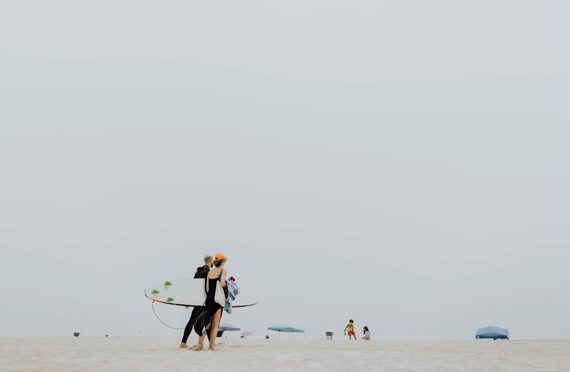
Notice the distracting elements in the background.
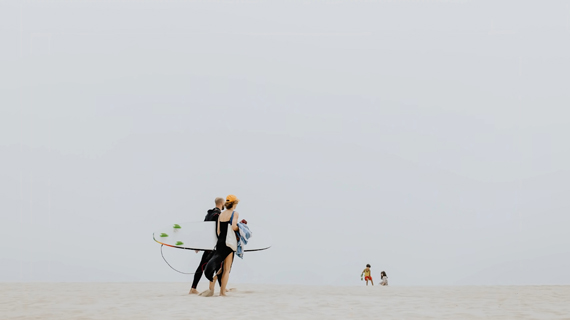
Distractions in the background removed in Photoshop.
In Photoshop, you can even create some extra negative space by extending the background. This works best in images that have a really flat and uniform background. Here’s how to do it:
- Using the Crop tool, extend the crop in the direction of the background.
- Then, select the blank extended area and hit Shift + Delete.
- Choose Content-Aware fill and hit OK. This will do most of the heavy lifting and fill the empty space with similar content to the background.
- If you notice hard lines along the fill, use the healing brush tool to give it the finishing touches.
6. Bonus Tips
Feel free to break any traditional rules of composition. Rather than investing your time in abiding by the rules, see how you can convey your message. The image below doesn’t comply with the rule of thirds but shows the openness and the vastness of the sea very well.
If your subject is colorful, it will stand out better from the background.
If there are lot of elements in your image, have the subject placed closest to your lens. This will help in directing viewers toward the subject rather than leaving them wondering.
These simple yet effective tips will definitely help you make better use of negative space to draw more attention to your subjects.
Like This Article?
Don't Miss The Next One!
Join over 100,000 photographers of all experience levels who receive our free photography tips and articles to stay current:
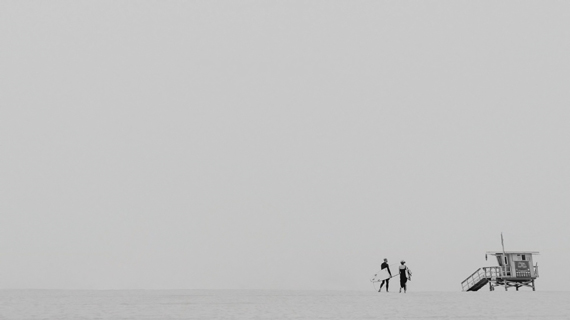
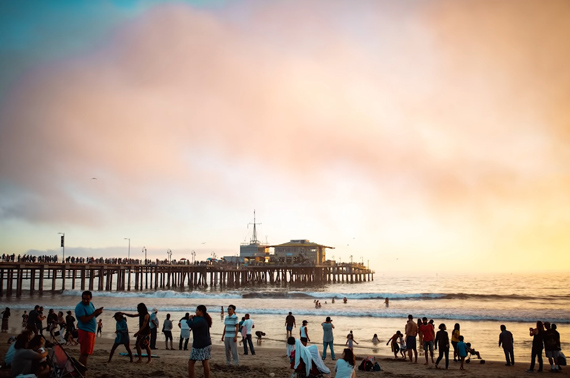
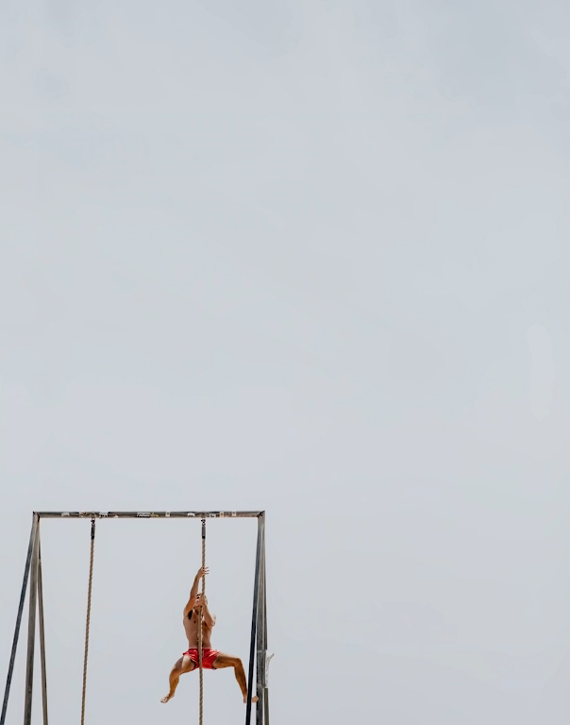
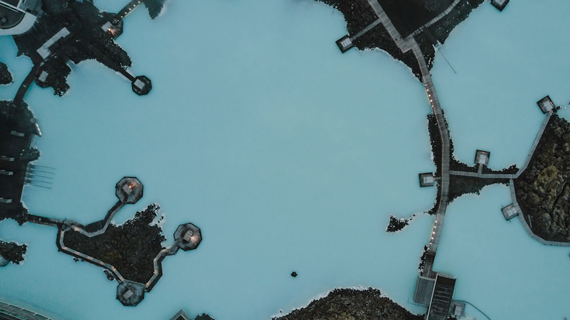
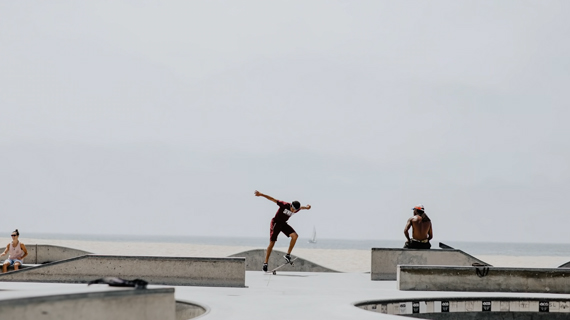
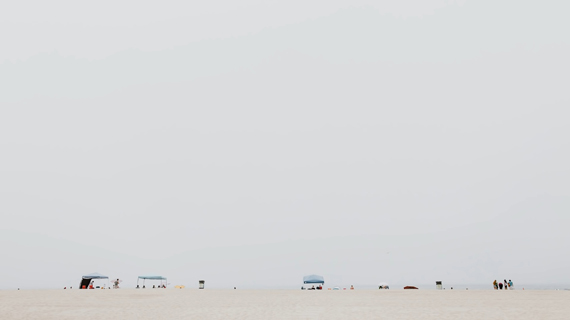
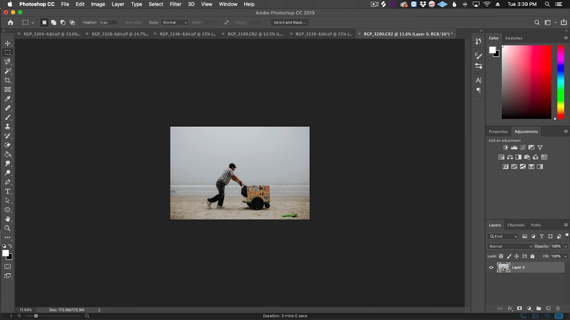
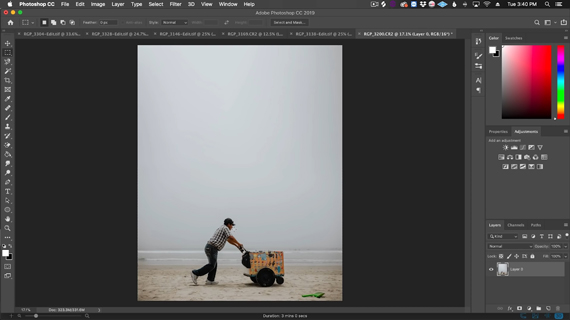
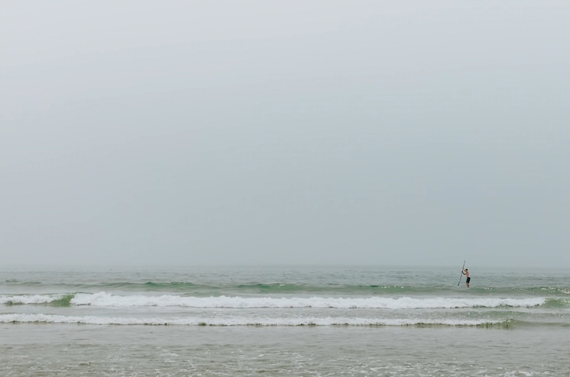
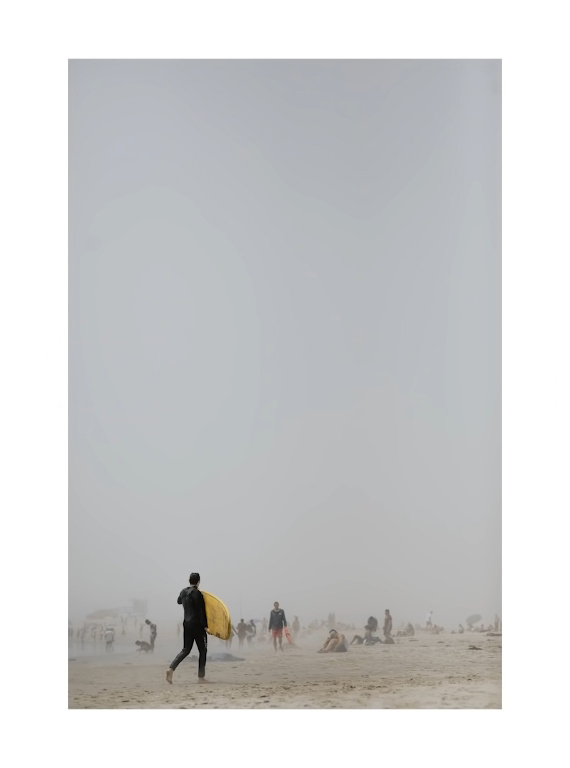
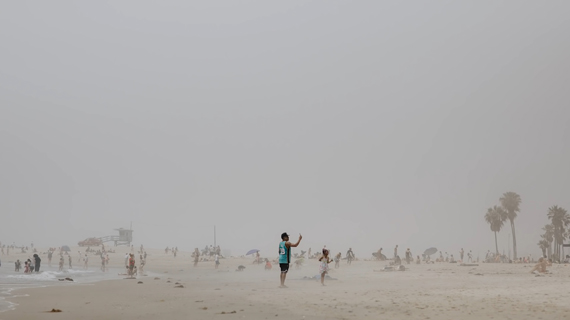






Leave a Reply